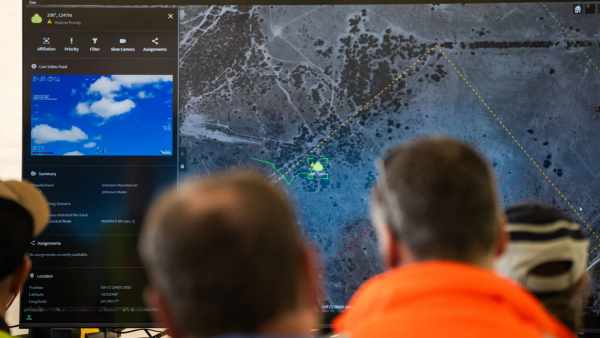Sponsored by the Australian Army and part funded by the US Defense Threat Reduction Agency, Lockheed Martin Australia’s Agile Shield battle management system recently achieved an important milestone – the Field Capability Demonstration.
Although the early version is targeted specifically at assisting in managing and countering the evolving drone threat, the company apparently foresees a wider potential application of the technology, possibly in conjunction with its own C2 system recently procured under the Air 6500 contract. This would vastly expand the potential for Agile Shield, currently the subject of an AUD9 million contract won in 2021 under the Counter Improvised Threats Grand Challenge.
The system went from simulation to field testing in under seven months, with the latter phase demonstrating an ability to fuse data from multiple sources into a common operating picture. The target drones were typical of the small quadcopters in vogue with both armed forces and terrorist organisations worldwide.
In keeping with the Australian Defense Department’s push to speed up development, the system went from a simulation in March to a field test in seven months. For the demonstration, the threat was quadcopters, the familiar — usually Chinese-made — drones used by hobbyists, militaries and terror groups around the world. The system also generated intelligent optional responses for operators to consider and implement.
The company makes much of the Australian nature of the system – every line of code and all the original concepts being Australian in origin. Both Agile Shield and the Air 6500 C2 system are developed with open systems architecture, so their potential to work together is a near certainty, given other interface issues can be resolved.
Other companies involved in developing the system include Clearbox Systems, Codarra Advanced Systems, Department 13, DroneShield, InTrack Solutions, Silentium Defence and Trakka Corporation.
For more information: Lockheed Martin Australia | Lockheed Martin
(Image: Agile Shield in operation during an operational field test. Credit: Lockheed Martin)




